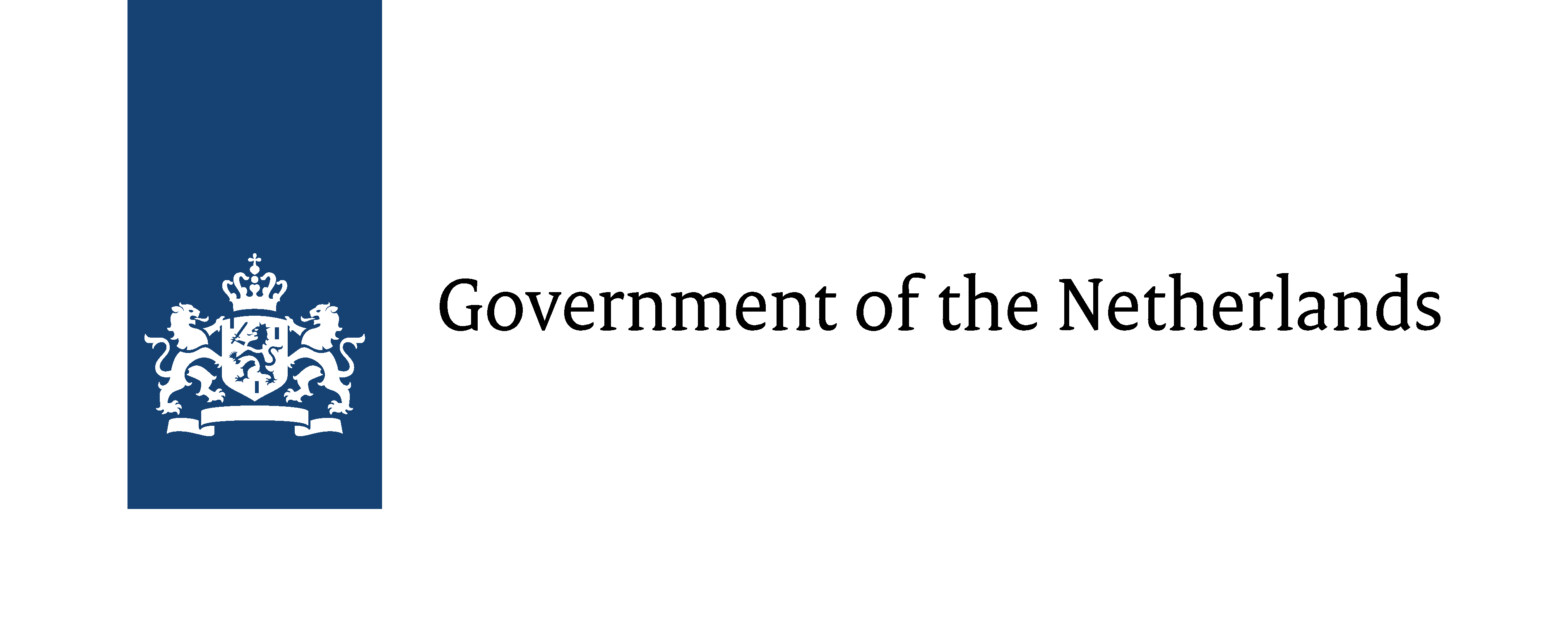Cultural implications of digitisation
In June 2003, the Council for Culture published a report entitled eCultuur: van i naar e'[1] (‘E-culture: from i to e’), in which it advises the Ministry of Education, Culture and Science on the digitisation of culture and the implications this has on cultural policy. E-culture is described in the report as follows: ‘E-culture is not ‘something to do with computers’’. The cultural implications of digitisation reach far beyond the strategic use of technologies; rather, e-culture involves a new, digital dimension, a medium that until recently was considered inconceivable, to where existing culture must adapt and in which new culture is generated.’[1]
In many countries e-culture policy is really economic policy, aimed at promoting innovation, increasing the competitive advantage of the country or its private sector, and tapping new markets. In the Netherlands, e-culture, in conjunction with the economic angle, has taken on a more in-depth, cultural and innovative significance. The Dutch government considers e-culture an independent, fully fledged section of the arts, and indeed it extends to all the arts: visual arts, design, architecture, dance, music, theatre, film, etc. The result may range from works of art to exhibitions, publications, symposiums, tools, software, or a communications process.

